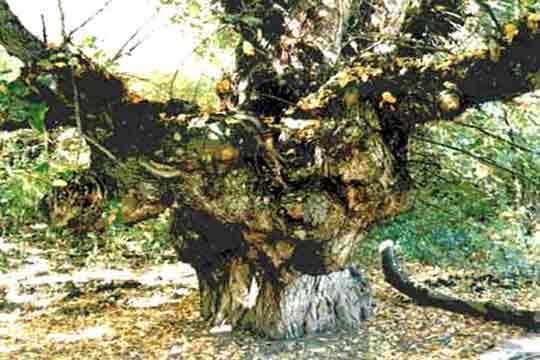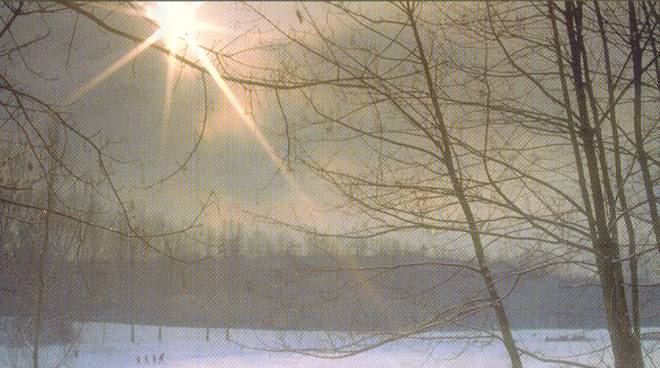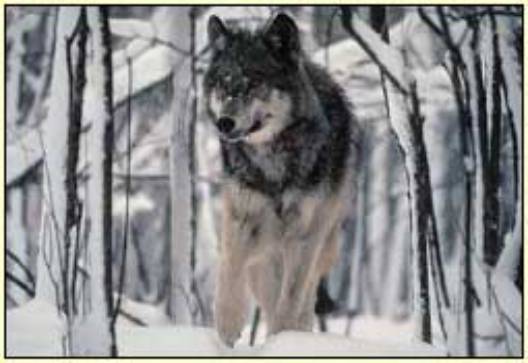 | АБИОТИЧНИ ФАКТОРИ ABIOTIC FACTORS |
|
Вековният бряст - на 2-3 км източно от Нисово. |
Зимата в Нисово е малко по-сурова. |
През зимата всички горски обитатели са по-гладни. |
Уникалността на Природния парк «Русенски Лом» се дължи на много и разнообразни фактори, като по-важните от тях са релефът, скалите, почвеният слой, специфичните климатични условия, които обуславят голямото биологично разнообразие и богатството на местообитания за видове с различен произход.
Преди около 120 млн. години Поломието е било дъно на топло море, което в последствие се е оттеглило, като от неговото дъно са останали утаените варовици. При образуването на Алпо-Хималайската система, част от която е и Стара планина, поради огромния страничен натиск са се образували пукнатини, по които протичат днешните притоци на Дунав. Поради различната твърдост на варовика са се образували живописните меандри и каньоновидните долини на Ломовете. Така са се образували и множество пещери, каверни и карстови образувания по цялото протежение на реките от тази речна система, като най-красиви и интересни са те по долните им течения. Известно е, че варовикът обуславя 2-3 пъти по-голямо биоразнообразие в сравнение с местата с еднакви други условия.
***
The uniqueness of Nature Park “Roussenski Lom” is a result of many and various factors, including: terrain, rocks, soil and specific climatic conditions. These factors foster great biological diversity and diverse habitats with species of different origins.
120 millions years ago this area was covered by a warm sea which deposited thick layers of limestone; eventually, this sea receded and left the rock layers exposed. During the formation of the Alpian-Himmalean system of mountains, a part of which is Stara Planina, great lateral tectonic pressures resulted in cracks in the limestone strata which now form the basins of the Danubian tributaries. Owing to the different densities of the limestone strata, picturesque meanders and canyon-like valleys were formed by the elements. Similarly, a multitude of caves, caverns and karst-formations were gradually carved along the entire river system. These geological formations are most beautiful and interesting along the lower reaches of the rivers. It is known that biodiversity is two to three times richer in areas with limestone rock than in areas with different geology, and this fact helps to explain the natural riches of the Roussenski Lom.
The great biological diversity is due also to specific climatological conditions in the valley: cold winters; cool and late springs; hot summers with frequent local winds; and autumns which are warmer than the springs.
Since the valleys are protected from winds, the rocks accumulate solar radiation and hence frequent thermal inversions occur, the climatological conditions in the valleys make the winter far lees severe than the one in the surrounding Danubian Plane.


